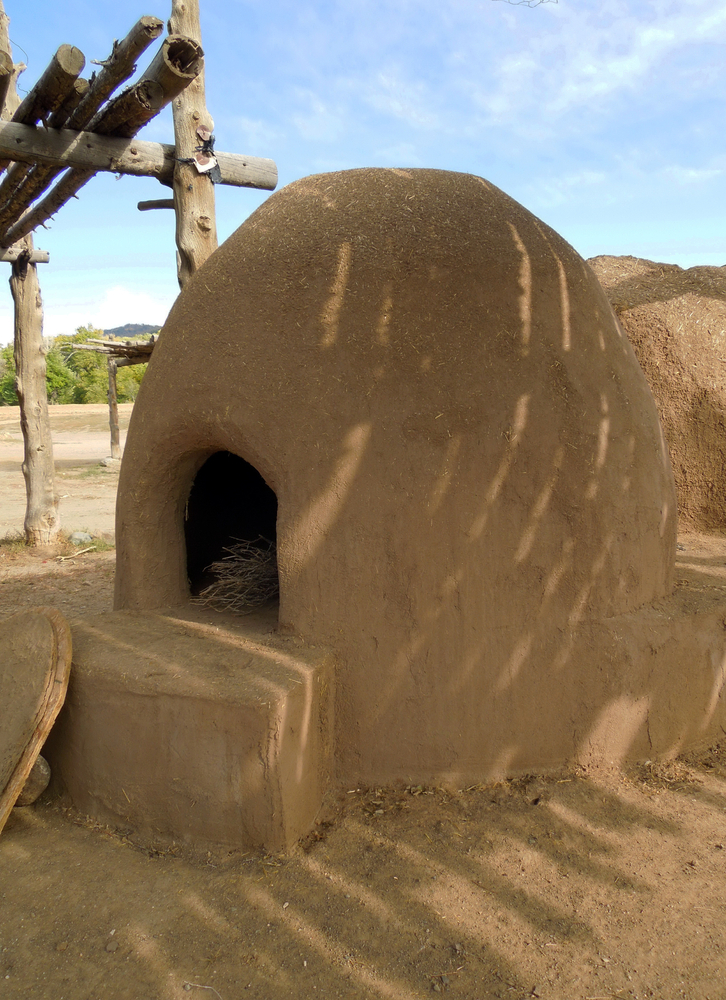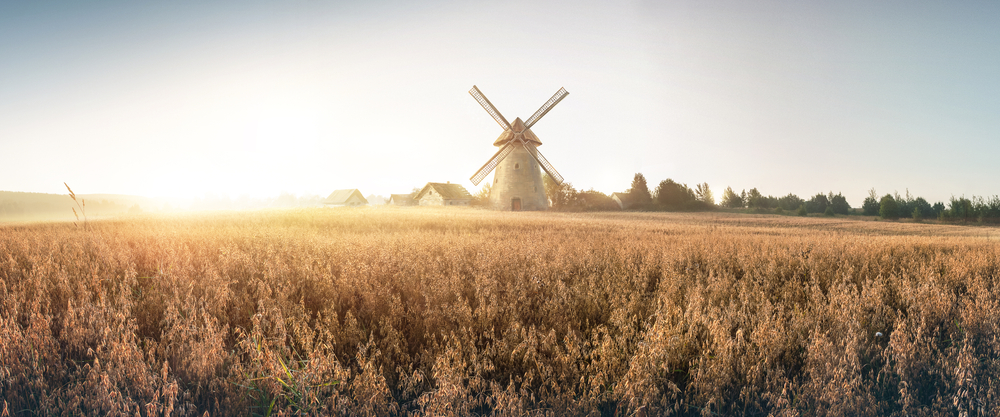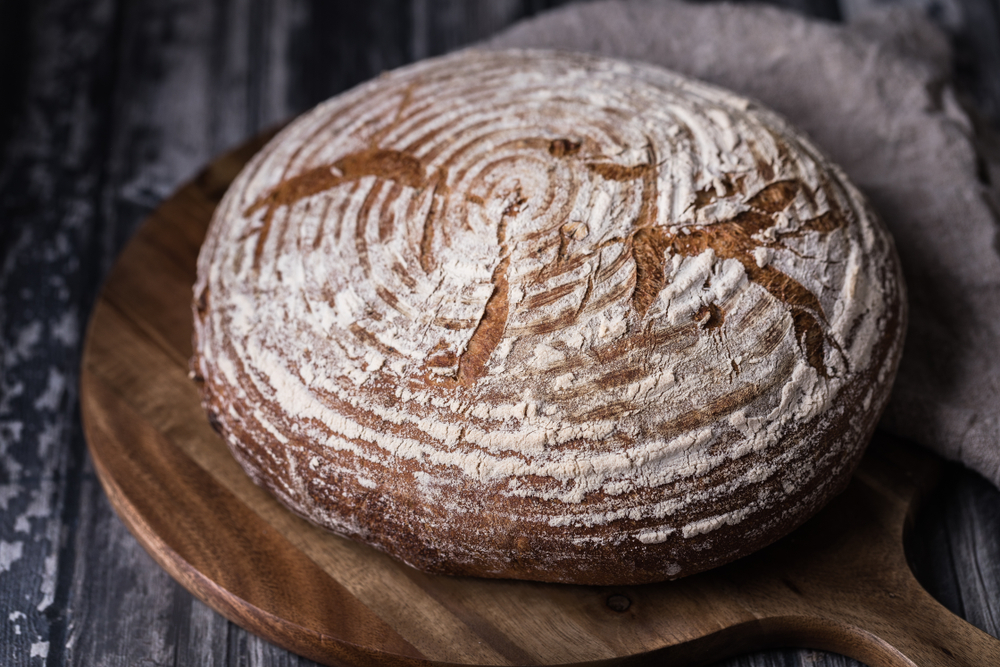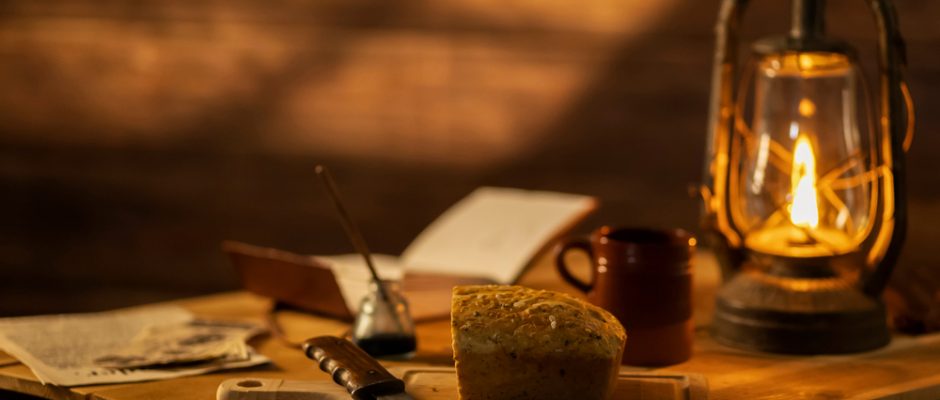During this third week of Bake for Family Fun Month, we like to reflect on this history and traditions of baking. If you haven’t already, check out our blog post on Why Baking History and Traditions Are Important. It’s a very informative article.
Baking has been a staple of human culture for thousands of years, with evidence of bread-making dating back to the Neolithic period. Over time, the process of baking has evolved and been influenced by various cultures, technologies, and ingredients. In this blog post, we’ll explore the history of baking and how technology has changed the process.
The earliest evidence of bread-making comes from ancient Egypt, where flatbreads were made using barley and emmer wheat. The process involved grinding the grains into a flour, mixing it with water and yeast, and then baking the dough over an open flame. This process was slow and labor-intensive, with bread-making being primarily done by women in households.

As baking became more widespread, advancements in technology allowed for larger-scale production. In ancient Rome, bakers used large ovens to bake bread for the entire city. These ovens were heated by wood fires and were able to bake hundreds of loaves at a time.
During the Middle Ages, bakers began to experiment with new ingredients and techniques. Spices, fruits, and nuts were added to bread, and different types of bread were developed, such as sourdough and rye. The introduction of the windmill in the 12th century also made it easier to grind grains into flour, making bread-making more efficient.

In the 19th century, the Industrial Revolution brought significant changes to baking. The invention of the steam-powered oven allowed for even more significant production, and the mass production of bread became possible. Bakeries were no longer limited to small-scale operations, and bread became more widely available and affordable.
Today, technology continues to influence the baking industry. Modern ovens are often equipped with digital controls and convection fans for even baking, and ingredients such as pre-packaged yeast and flour mixes make baking more accessible than ever.

Now, let’s try an historical baking recipe to get a taste of the past. Here’s a recipe for Medieval English Bread, a loaf that would have been made during the Middle Ages:
Ingredients:
- 4 cups of bread flour
- 1 teaspoon salt
- 1 teaspoon ground cinnamon
- 1 teaspoon ground ginger
- 1 teaspoon sugar
- 1 1/2 cups warm water
- 1/2 teaspoon active dry yeast
Instructions:
– In a large mixing bowl, combine the bread flour, salt, cinnamon, ginger, and sugar.
– In a separate bowl, combine the warm water and active dry yeast. Let it sit for 5 minutes until it becomes foamy.
– Pour the yeast mixture into the dry ingredients and mix well until a dough forms.
– Knead the dough on a floured surface for 10 minutes until it becomes smooth and elastic.
– Place the dough in a lightly greased bowl and cover it with a damp cloth. Let it rise in a warm place for 1-2 hours until it has doubled in size.
– Preheat your oven to 400°F (200°C).
– Punch the dough down and shape it into a round loaf.
– Place the loaf on a lightly greased baking sheet and let it rise for another 30 minutes.
– Bake the bread in the preheated oven for 30-35 minutes until it is golden brown and sounds hollow when tapped on the bottom. Let the bread cool on a wire rack before slicing and serving.
– This recipe yields a dense, flavorful loaf of bread that would have been a staple food in the Middle Ages. Try serving it with butter or honey for a delicious and historically accurate snack.
Expanded Learning
If you’d like to discuss this topic further in your classroom or community program, consider downloading the lesson plan Everybody Bakes Bread. In this unit of study, students will learn the following:
– Identify a variety of breads and the countries and grains associated with each.
– List bread’s human nutritional values.
– State bread’s basic ingredients and their functions.
– Conduct a bread baking ingredient “farm to mixing bowl” information search.
– Use dry and liquid baking tools and scale to both measure ingredients and portion dough.
– Plan and bake a bread for family, class, or community service.
– Read and share a bread story with a younger family or team member.
In today’s fast-paced world, traditional family recipes are more important than ever. They remind us of the simple, comforting pleasures of home-cooked meals and help us to slow down and connect with the people and traditions that matter most to us. Thank you for relying on the Home Baking Association as your source for baking resources and lesson plans. Visit our Baking Education section for more info.




Comments are closed.